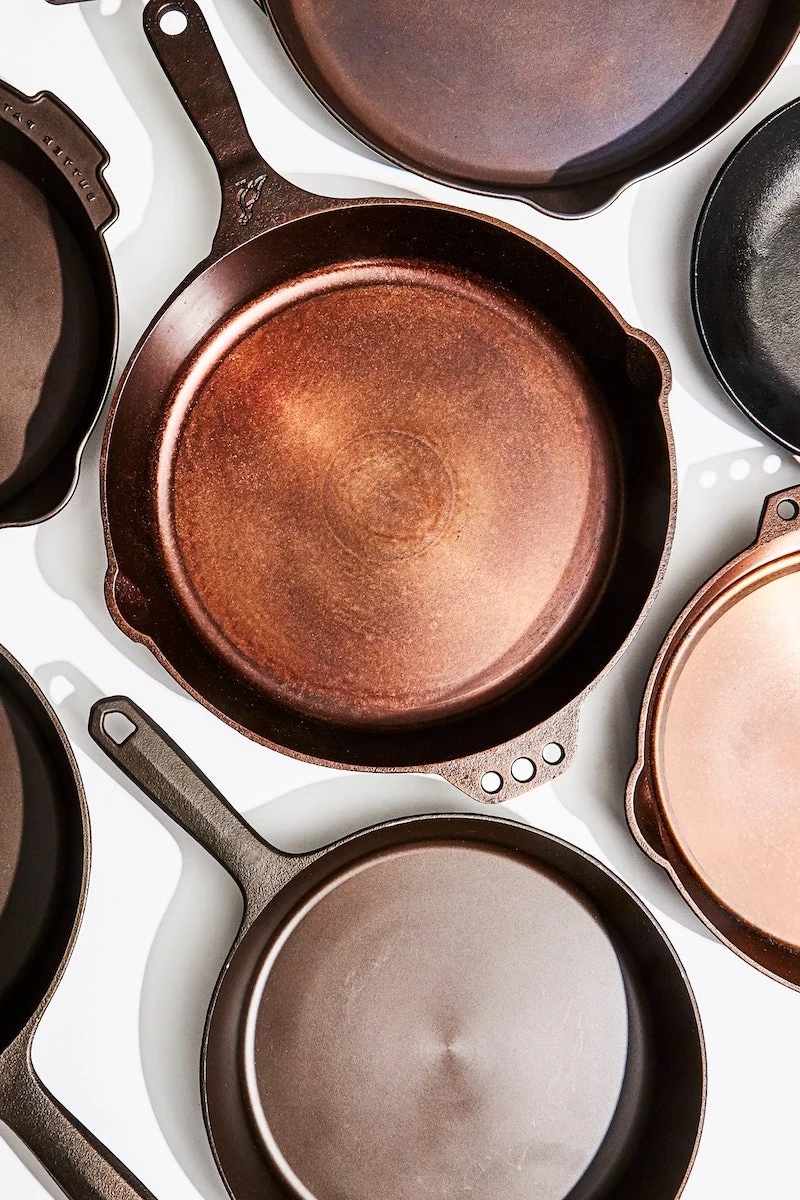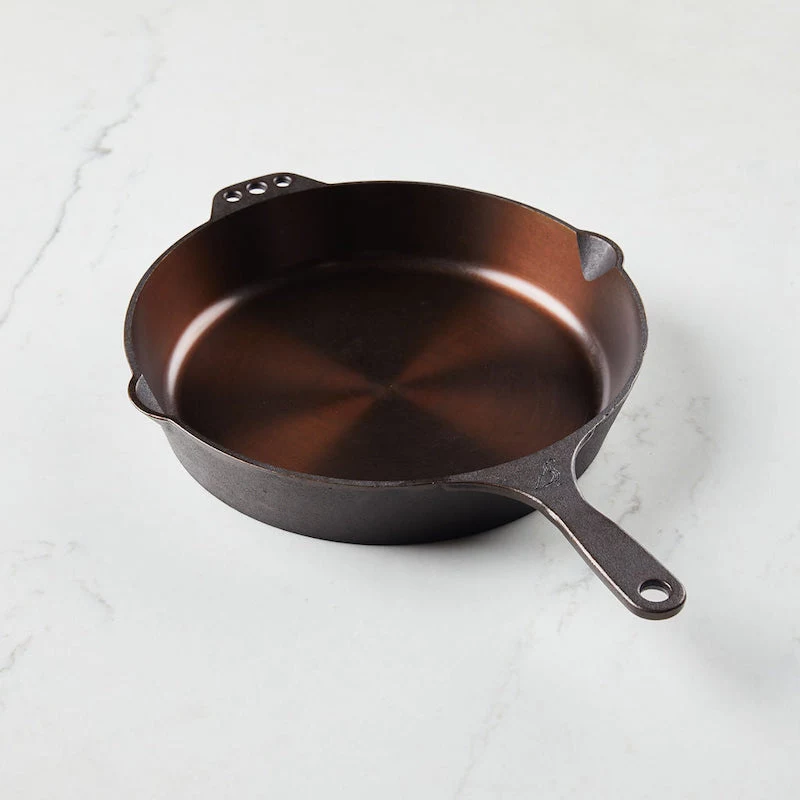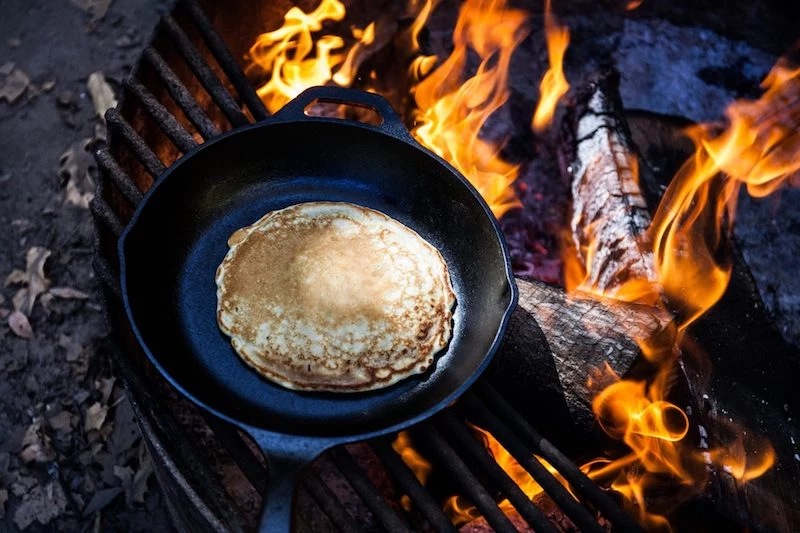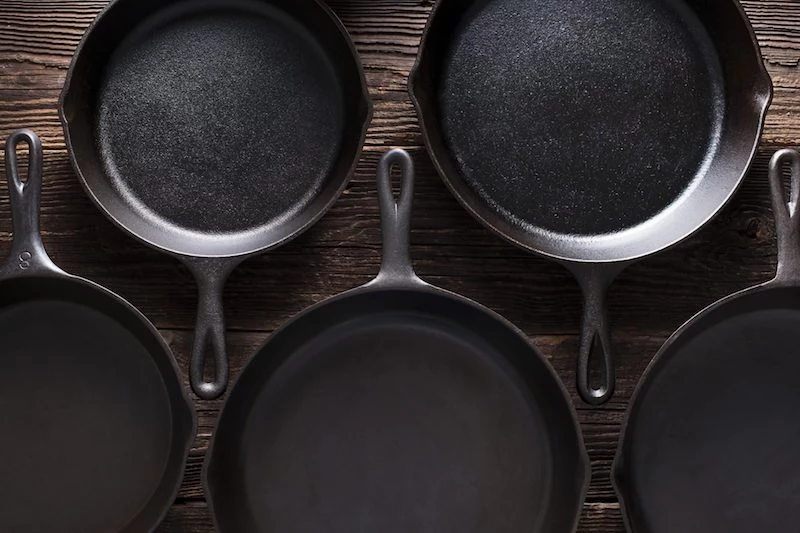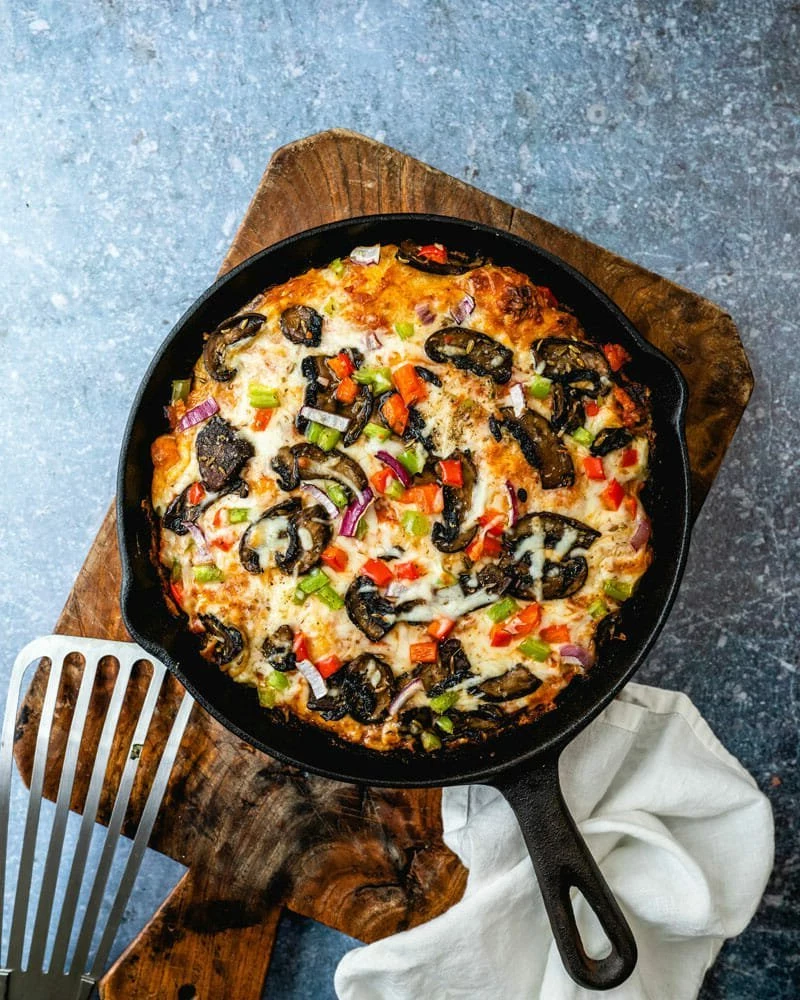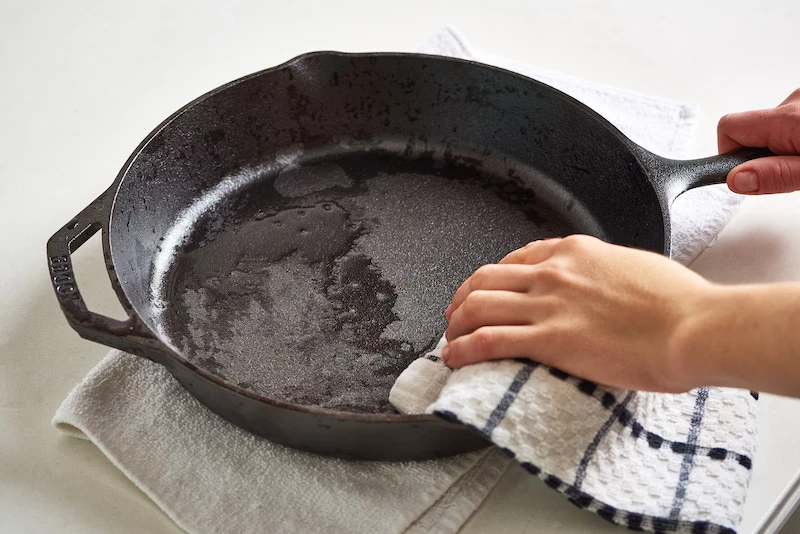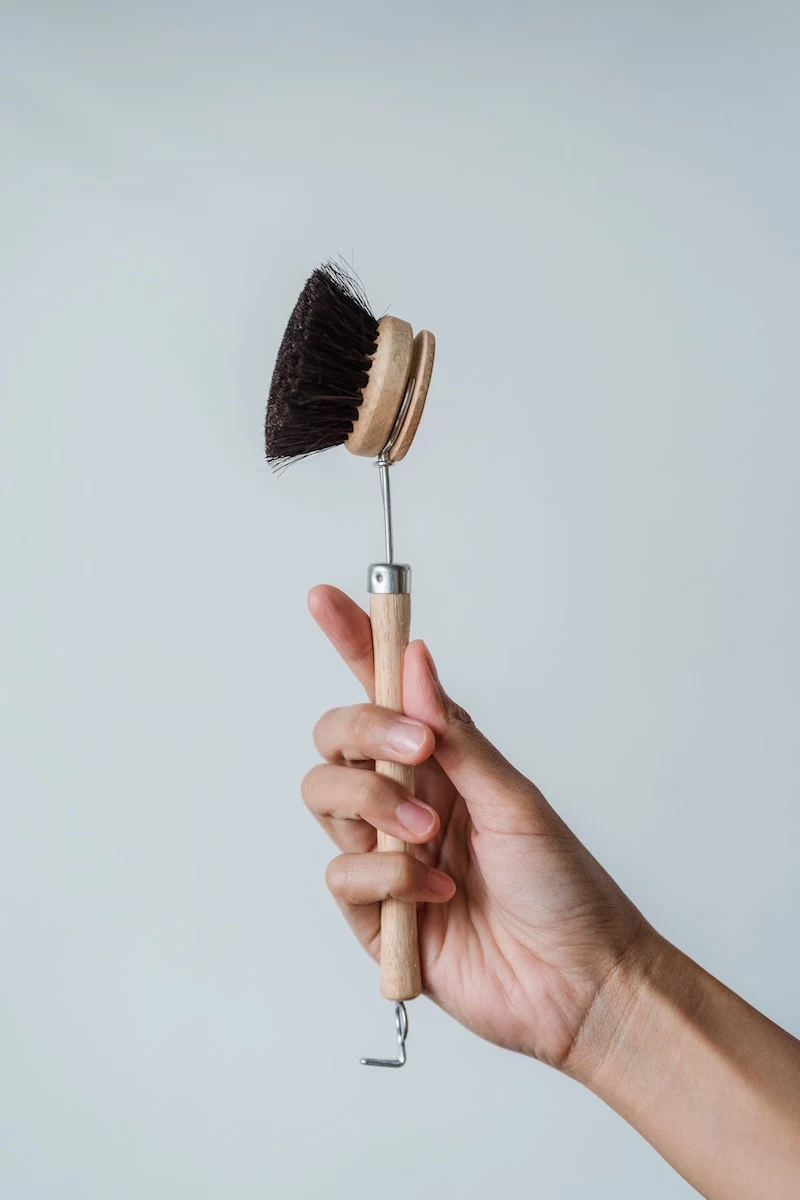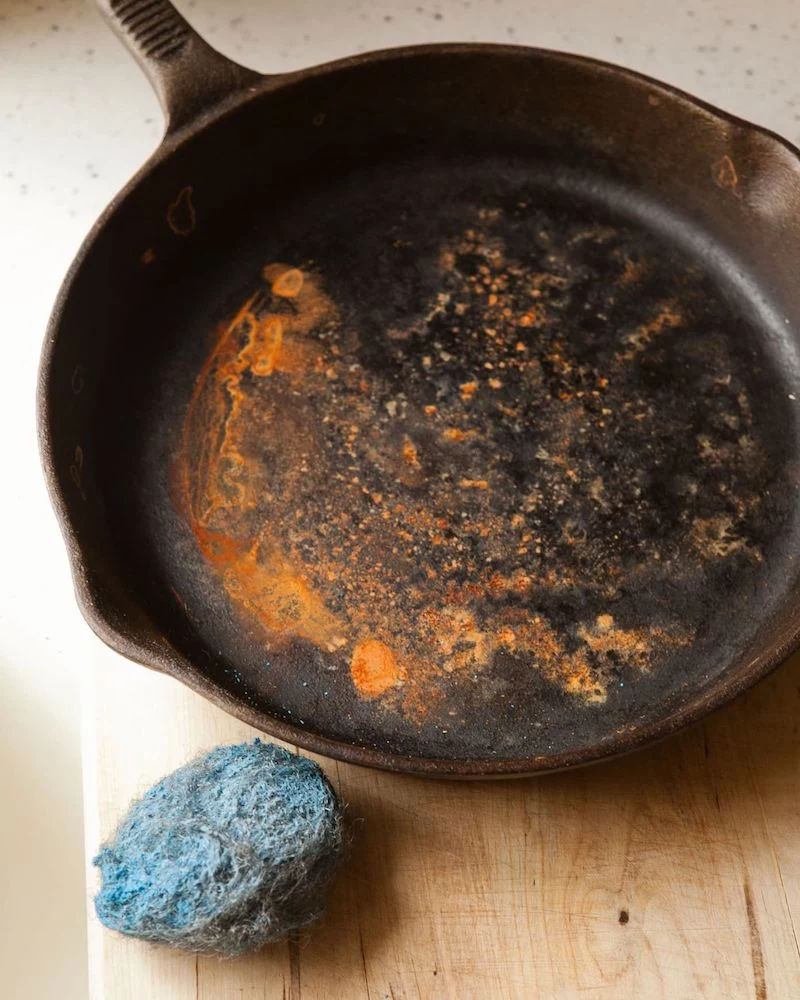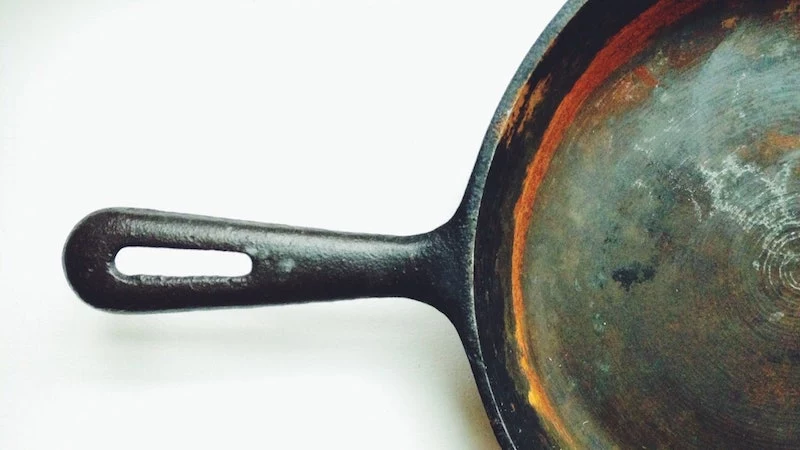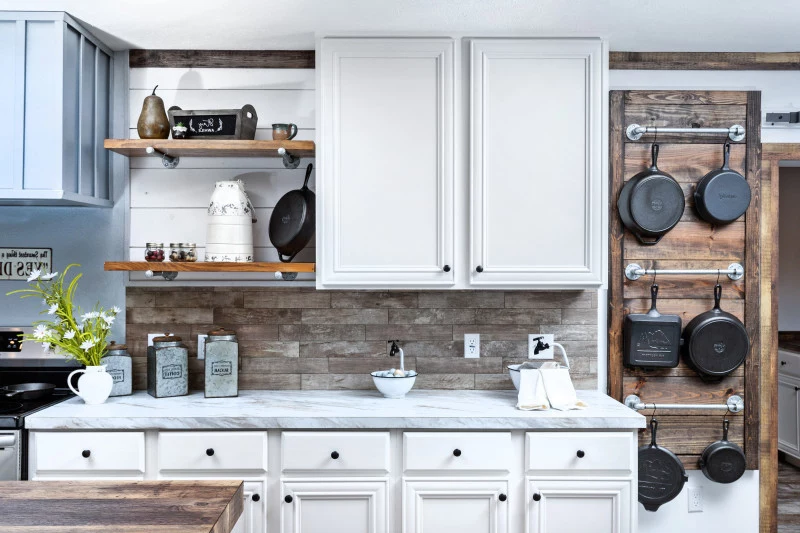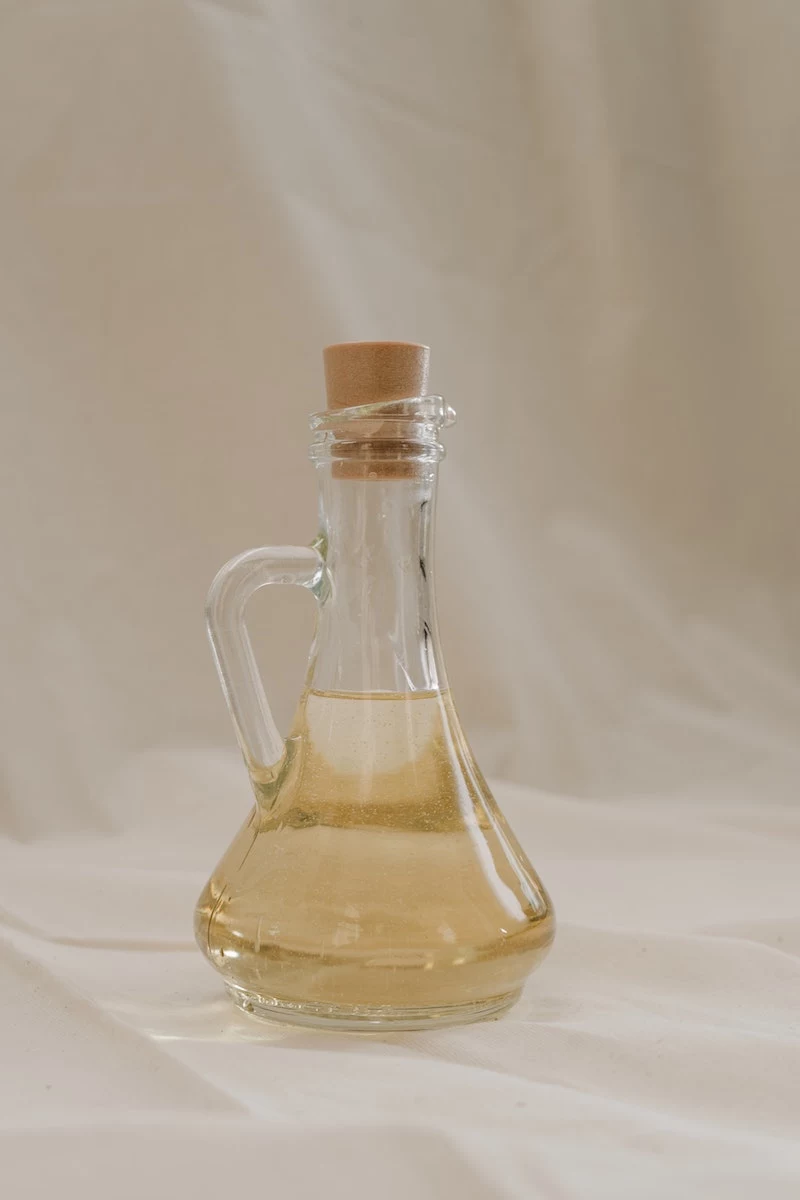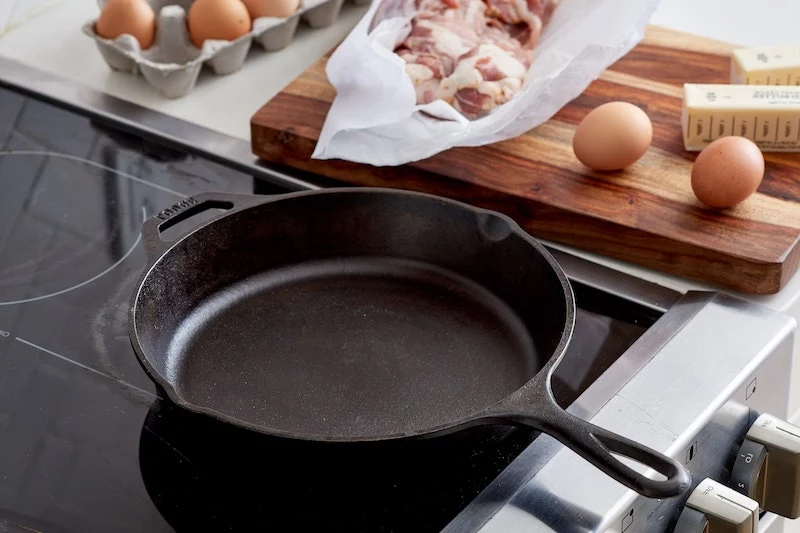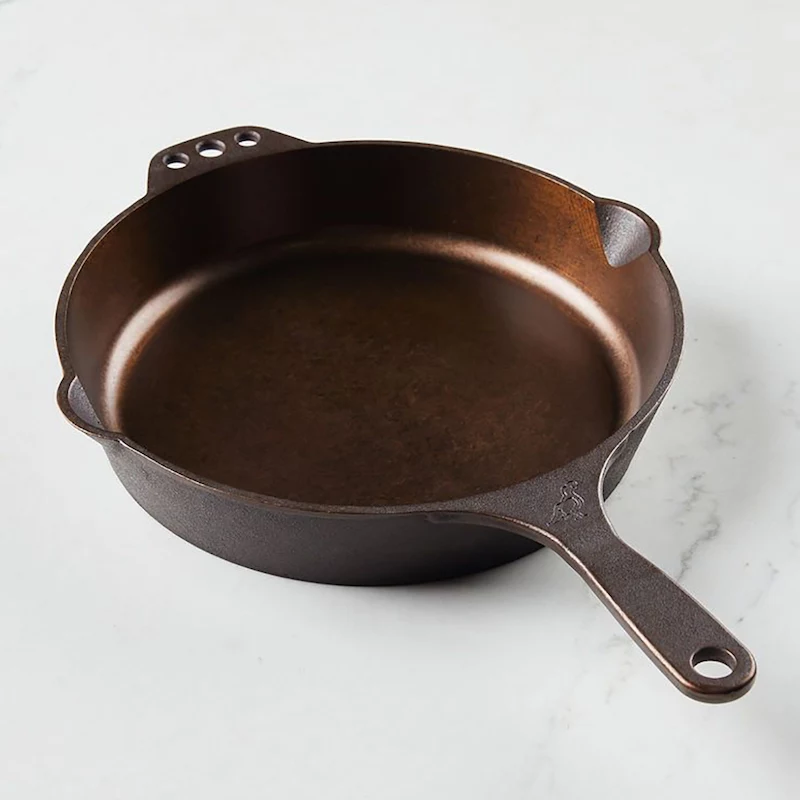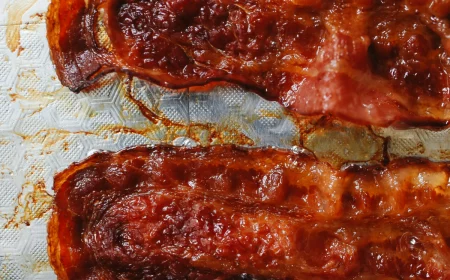Ultimate Guide: How To Clean a Cast Iron Skillet
Cooking in a cast iron is exceptional. It has amazing heat retention, a naturally nonstick surface, and unbeatable durability and value. They are basically indestructible. One of the best parts of owning a cast iron skillet is that they are easily restored, even if they have been mistreated. They can last generations if properly taken care of. There are many do’s and don’ts when it comes to how to clean a cast-iron skillet. To be honest, it’s almost enough to scare anyone off from cast iron completely! But don’t worry! Even if by chance you manage to take off some of your skillet’s smooth seasoning, you can always re-season it after cleaning. It’s really not that big of a deal, and it’s quite simple. Today, we will show you all you need to know about cast iron cleaning and care.
Cast iron skillets are exceptional
Benefits of Cast Iron Skillet
There are many benefits to owning a cast-iron skillet. We have already mentioned some, but there are much more. Here are some of the main benefits you will gain from having this beauty in your kitchen.
How to clean a cast iron skillet
Non-Stick
Having a non-stick skillet is a real blessing. Once your cast iron has a nice sheen to it, it basically becomes nonstick. This is great on multiple levels. Not only will things not stick, but you will also cook with less oil. Consequently, cooking with less oil and fat has added health bonuses. Plus, you can make an amazing omelette that won’t have to be turned into scrambled eggs mid-cooking.
Cast iron skillets are basically nonstick
Chemical Free
Another incredible benefit of owning cast iron cookware is that they are chemical-free. It’s a great alternative to other store-bought non-stick pans, since most of them contain perfluorocarbon. This is a chemical that has often been linked to cancer, developmental problems, liver damage, and more. The risk of this chemical being released into your food is greater when the pan is scratched. However, with cast iron, you don’t have to worry about things like that.
Cast iron cookware are chemical-free
Long Lifespan
As we already mentioned, with proper care and cleaning, it can last decades. Many people have cast iron cookware that has been passed down to them from parents and even grandparents. With this guide, we will show you how to take proper care, in order for your cookware to last you a lifetime.
Cast iron cookware can last decades
Iron
As human beings, we need a lot of vitamins and minerals to be healthy and function properly. This includes iron. This is possibly one of the greatest health benefits of owning a cast-iron skillet. It adds iron naturally to your food! Many people suffer from iron deficiency, and cooking with cast iron pans can help increase your iron content by as much as 20 times.
It adds iron naturally to your food
Stove and Oven Friendly
Another amazing thing about having cast iron cookware is that they have a dual purpose. Most of us think we can only use the skillet on the stove. However, since cast iron doesn’t have any added plastic handles or perfluorocarbon coatings, it’s also safe to use in the oven – at any temperature! You can also use it on an outdoor BBQ grill, or open campfire.
Use it on any surface
Easy to Clean
While you may not believe us, one of the most popular benefits of having a cast iron pan at home is that they are quite easy to clean. They don’t require fancy, expensive soap, and food lifts right off them. All you need to do is be consistent and season it correctly.
Cast iron pans are quite easy to clean
Versatile
Cast iron cookware can make almost anything. From searing pork chops, grilling stakes, sauté veggies, and frying eggs and bacon, to baking gooey skillet cookies and much more. Get creative in the kitchen with this super versatile pan.
Cast iron cookware can make almost anything
Better Taste
Within these benefits, we mentioned a couple of times that cooking with a cast-iron skillet can make your food healthier. However, what we didn’t say is that it also makes your recipes even tastier. Thanks to its incredible heat retention, you can achieve amazing crispiness, flavor, and fluffiness. Don’t believe us? Try making some fried chicken or shrimp in it!
It makes your dishes even tastier
How To Cook With Cast Iron?
From start to finish, using cast iron is simple, straightforward, and uncomplicated. When cooking in a cast-iron skillet, you should still add a bit of oil to the pan before adding in the food. Even though it’s generally nonstick, this will help ensure the food doesn’t stick at all, and it will help build layers of seasoning. You can use whatever oil you prefer, as long as the cooking temperature is below the smoke point of the oil. Whether you choose olive oil, vegetable oil, sunflower oil, and grapeseed oil, they are all great multipurpose cooking oils. You can use them for everything from sautéing to baking.
Using cast iron is simple, straightforward, and uncomplicated
How To Wash a Cast Iron Skillet?
Washing your cast iron doesn’t have to be a stressful experience. Follow the below guide on how to clean a cast iron skillet easily and without any fuss. Just avoid using anything too abrasive because it can damage the pan and strip off the seasoning.
How to clean a cast iron skillet easily
Normal Wash
Make sure to clean your cast-iron skillet while it’s still warm. Wipe out any food with paper towels, a rag, or sponge and gently scrub any stuck-on bits with a brush. Rinse the skillet with hot water.
Thoroughly dry with a rag or paper towels, or place the skillet on the stove top over medium-low heat until dry, about three to five minutes. When the skillet is completely dry, apply a light coat of vegetable oil to the surface of the pan using a rag or paper towels. Rub the oil into the surface of the skillet until no oil residue remains.
Rinse the skillet with hot water
Dish Soap
This method is quite controversial. Some say it’s perfectly fine to use soap, others are strongly against it. However, you can use dish soap, as long as you re-season your pan afterwards. Just use mild dish soap and a scouring pad or a cast iron pan cleaning brush. Wash it, scrub it, rinse it, then wipe it out well and season it with a few drops of oil and store.
Use a gentle dish soap
Spatula
Besides a good wash and scrub, you can also use some really hot water and a spatula to help take off any seriously burnt-on food. It’s a common method used by cooks to clean flat-top grills in restaurants, so it will definitely work. Rinse the skillet with hot water. Dry immediately afterwards.
Use some really hot water and a spatula
Salt
To remove stubborn bits of food, just pour a cup of coarse kosher salt into the still-warm skillet. Use a folded kitchen towel to scour the surface. Discard the salt and rinse the skillet with hot water. Dry immediately afterwards.
Coarse kosher salt is great for stubborn food bits
How To Remove Rust From Cast Iron Skillet?
If your pans have gotten some rust on them, don’t throw them away just yet. Most often this will occur if you forget to dry your skillet after washing and if you haven’t seasoned it properly. But don’t worry, we will show you how to easily get that pesky rust off and leave your cast-iron cookware looking brand new!
Rust can occur
Minimal Rust
If you have a thin layer of rust on your pan, you can get away with just this method.
- Remove Rust. Scour the rusty sections with some steel wool or a specialized rust eraser.
- Wash. After that, wash the pan with some warm, soapy water. Keep in mind that this step may remove portions of the seasoning, however, that’s okay because we’re preparing to re-season the pan.
- Dry thoroughly. Completely dry your cast iron skillet with a paper towel or a lint-free cloth. You can also place it on top of the stove on low heat for a few minutes. This will help make sure it’s completely dry.
- Re-season.
Mild rust on a pan
Medium Rust
Sometimes the rust might be harder to get off, that’s when this effective vinegar soak method comes in handy. Keep in mind that once the vinegar dissolves the rust, it will go to town on the original cast surface of the pan. The possible pitting that can result is irreversible, so pull your pan from the soak as soon as the rust flakes away easily. If the pan has gotten so rusted that it’s deeply pock-marked or pitted, just forget it. All it’s good for is for some rustic decor.
- Mix basic white vinegar with water in equal parts.
- Find a bucket, large bowl or plug the sink if the pans are bigger.
- Submerge the pan in the solution. Ir should be covered fully.
- Soak for up to eight hours. However, check it early and often. It can be done in just one hour.
- After soaking it, remove the rusty sections.
- Follow the steps for removing minimal rust above.
Cast iron is good for is decoration
How To Re-season Cast Iron?
Seasoning and re-seasoning your cast iron pans is vital for making sure they will last you decades. The “season” on your cast iron skillet is what makes your cast iron skillet nonstick. Overall, it’s quite the simple process. Cast iron “seasoning” is the process that occurs when multiple layers of oil bake into the skillet, creating a rust-resistant and nonstick surface. Clean your pan with some warm water and soap if needed. Once the pan is clean, dry it thoroughly inside and out. At the end of the process, the seasoning on your cast iron should be a glossy, nonstick black. Here are two ways you can season and re-season your pan.
Seasoning and re-seasoning your cast iron pans is quite the simple process
Stove
- Heat the skillet on the stove top over medium-high heat.
- Rub it with a vegetable oil-soaked paper towel or a rag.
- Repeat the process until the pan looks glossy, smooth, and dark. It shouldn’t be sticky or patchy.
- Do this process for around three rounds.
- Let the skillet cool and rub with a final light coat of oil.
- Store it in a dry place.
Do it on the stove top
Oven
- Rub a thin layer of vegetable oil or melted shortening over the entire pan. This includes covering the inside, outside, and the handle. However, make sure to not add too much. You don’t want the pan to be so oily that it’s slippery. A nice even coating is what you’re looking for.
- Preheat the oven to 350˚F or 180˚C. Place the pan upside down on the middle oven rack. This will prevent the oil from pooling inside the pan. Put a sheet of aluminum foil on the lower rack to catch any drips of oil that may fall. Bake the pan for one hour.
- After one hour, turn off the oven and leave the pan in the oven to cool completely. When the pan is cool, wipe away any excess oil with a paper towel. That’s it!
You can also use the oven
Cast Iron Care Tips
In order for your cast iron to last you your whole life and for the food to taste just as yummy, there are tips and tricks to follow. Here is everything you need to know.
Take proper care of your cast iron
Do
Do use gentle utensils like wood, silicone, and rubber. The occasional metal fish spatula or pancake turner is okay, but try to avoid lots of metal utensils in your pan – especially while building up the seasoning.
Do clean the pan immediately after use. And avoid soaking it.
Dry the pan thoroughly, reheat it, and oil it before storing. Let it cool to room temperature. The oil will form a protective barrier preventing it from coming into contact with moisture or air until its next use
Always dry the skillet after washing it. This will help avoid the occurrence of rust. Use either a dry cloth or paper towels or briefly heat on the stovetop over low heat.
Re-season your pan after use. After each meal, it’s important to keep the pan lubricated with a thin coat of fat. If you won’t be cooking with your pan for a while, this is especially important. A thin coat is all you need, and will go a long way to preventing rust during storage.
Season your pan often
Don’t
Don’t store food in cast iron. It is bad for the pan and bad for the food.
Avoid tough abrasives. These include metal scrubby scouring pads, and cleaners like Comet or Bar Keepers Friend. The scrubby side of a soft sponge should be plenty for most tasks
Do not put your cast iron pan in the dishwasher. The moisture and detergent could damage the seasoning.
Do not soak your pan
This was our ultimate guide on how to clean a cast iron skillet, season and re-season it, as well as basic maintanace tips and tricks you may need. We hope you found it useful. You can now go enjoy and make delicious meals in your cast iron skillet without worrying about damaging it!
Ultimate guide: how to clean a cast iron kkillet



